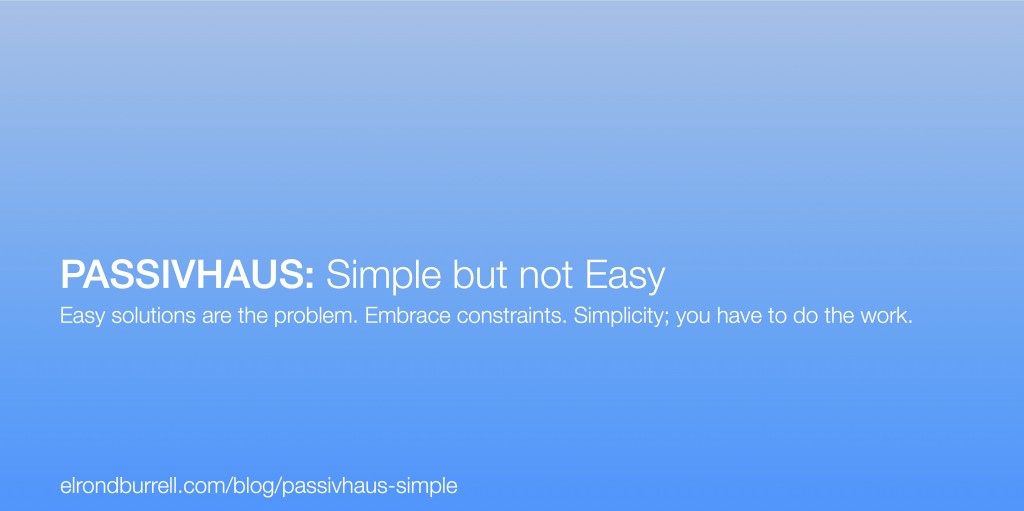The international Passivhaus Standard is most often associated with cooler climates. People assume it works best in climates like that of Germany and Northern Europe where the standard originates from.
But physics works wherever you are.
And people the world over want to live in comfortable, energy efficient homes.
So what about Australia?
We most often associate Australia with the beach and warm climates. With Sun, Sand and Surf.
And yet, Passivhaus is rapidly taking off in Australia. From a standing start of zero certified Passivhaus buildings only a year or so ago, there are now six at the time of writing.
Superpod delivered one of these certified Passivhaus homes. In this blog post, I interview the Superpod founder, Fiona McKenzie.
We talk about Superpod homes, Passivhaus Prefabrication and why Passivhaus is relevant in Australia despite what you might think.


